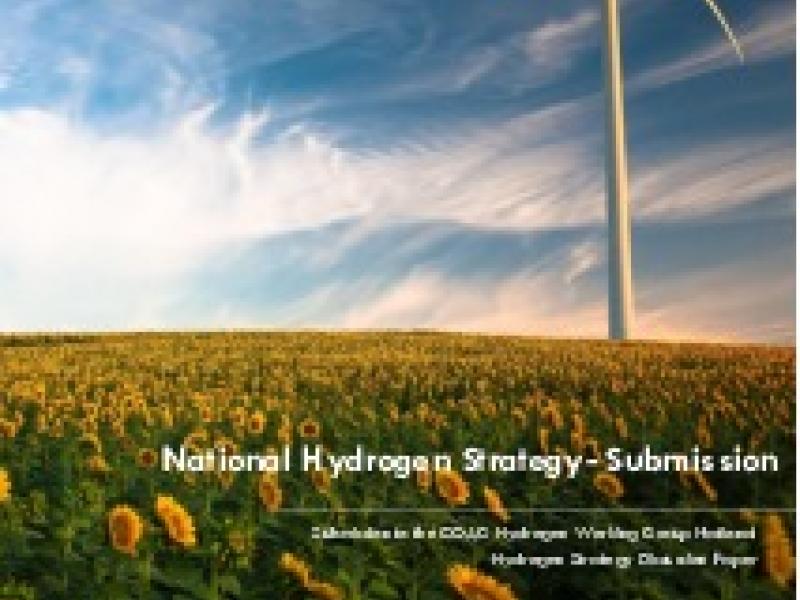
University
The University of MelbourneThe Australian-German Energy Transition Hub welcomes the COAG Hydrogen Working Group request for information to support the National Hydrogen Strategy. The Hub concurs with the state and territory governments’ view that hydrogen production and use creates an opportunity for Australia to lead in the emerging global markets for low- and zero-emissions energy, and energy intensive goods. The Hub supports the principles underpinning the National Hydrogen Strategy. The main points the Energy Transition Hub seeks to make in this submission are:
- Hydrogen technology is ready for ‘market activation’ due to low-cost renewables, technological advances, and the demand emerging in major export markets.
- A hydrogen economy is not inevitable – it is the outcome of a dual electrification-hydrogen strategy, supported by effective policy.
- There is vast potential for hydrogen exports, either as energy, ammonia or chemical feedstock resources or embodied in energy intensive products. The development of an export market for these products will support the emergence of an Australian hydrogen industry and could support domestic use.
- Australia’s hydrogen strategy is best developed using a whole-of-system approach to energy production and consumption, rather than defining a hydrogen outcome as an independent end- point in itself. The key reasons for pursuing hydrogen are to decarbonise energy services and chemical feedstocks that are difficult to electrify and to export renewable energy. The role of hydrogen should be considered within the context of the full energy value chain, from primary energy through to the delivery of final energy services and energy intensive goods.
- Consumers in Australia could benefit from grid-connected hydrogen production assets that provide demand flexibility to the electricity system. Consumers in Australia may also benefit from mobility applications such as hydrogen-powered vehicles. The low round-trip efficiency of hydrogen powered light duty vehicles compared to an electric alternative may mean hydrogen use in the transport sector is limited to rail, buses and long-haul trucks in the near term.
- Australia will benefit from supporting renewable hydrogen pathways in the medium to long term. A challenge for Australian policy makers is optimising a deployment pathway that enables cost effective hydrogen in the short run, but that supports electrolysis in the long run. The renewable-electrolysis pathway for hydrogen production taps into Australia’s comparative advantages – world leading wind and solar resources - and provides the greatest opportunities for Australia to lead in large-scale production and use of hydrogen in a zero-emissions world. Coal gasification and steam methane reformation could have lower production cost than electrolysis in the short- to medium-term but must be cost effectively combined with carbon capture and storage (CCS).
This submission responds to five of the policy questions in the National Hydrogen Strategy Discussion Paper.


